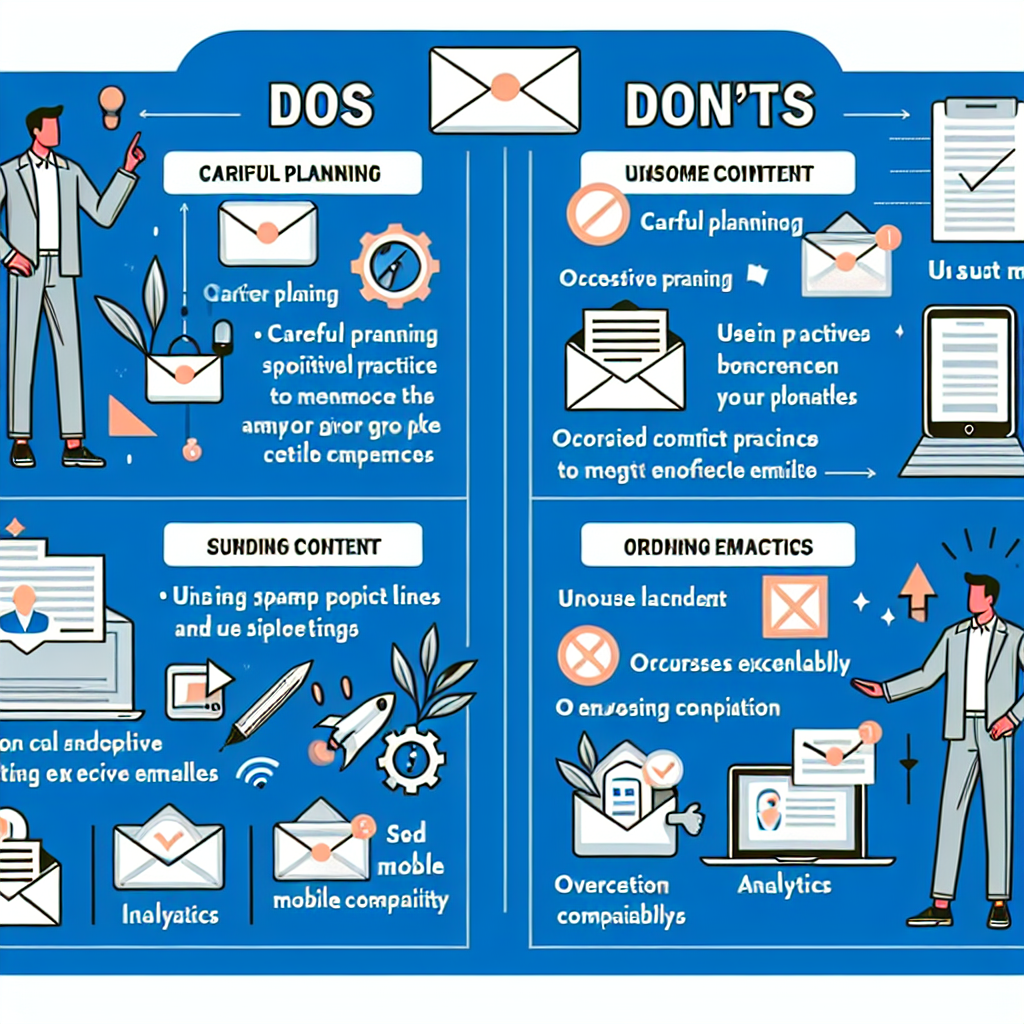Creating a Sustainable Email List Growth Strategy
In today’s digital age, building a robust email list is crucial for any business looking to engage with its audience effectively. However, the focus should not just be on growing the list but on creating a sustainable email list growth strategy. A well-maintained email list can be a goldmine for your marketing efforts and lead to increased customer loyalty and higher conversion rates.
In this comprehensive guide, we’ll walk you through the steps to create a sustainable email list growth strategy, complete with actionable tips, relevant statistics, and practical examples. Let’s dive in!
The Importance of a Sustainable Email List Growth Strategy
Before we delve into the how-to, it’s vital to understand why a sustainable email list growth strategy matters. According to Statista, the number of global email users is set to grow to 4.48 billion by 2024. With such a massive audience, email remains one of the most effective channels for marketing communication.
However, a large email list doesn’t guarantee success. The key is to grow an engaged, high-quality list. A sustainable strategy ensures that your list remains healthy, engaged, and compliant with legal regulations.
Step-by-Step Guide to Building a Sustainable Email List
1. Define Your Target Audience
Understanding who you’re targeting is the first step in creating a sustainable email list growth strategy. Define your ideal customer personas based on demographics, interests, and behaviors. This will help you tailor your email marketing efforts to attract the right subscribers.
2. Create High-Quality, Relevant Content
Content is king, even in email marketing. Provide valuable and relevant content that resonates with your audience. Whether it’s blog posts, eBooks, or infographics, ensure your content is compelling enough to make visitors want to subscribe to your email list.
3. Utilize Lead Magnets
Lead magnets are incentives that encourage visitors to subscribe to your email list. According to OptinMonster, the use of lead magnets can increase conversion rates by up to 85%. Examples of effective lead magnets include:
- Free eBooks or whitepapers
- Exclusive access to webinars
- Discount codes or special offers
- Free trials or samples
4. Optimize Your Signup Forms
Your signup forms should be easy to find and fill out. Place them strategically on your website, such as in the header, footer, or as a pop-up. Keep the form fields minimal to reduce friction and make the process as seamless as possible.
5. Leverage Social Media
Social media platforms are excellent channels to promote your email list. Use your social media profiles to share content that drives traffic to your signup forms. You can also run targeted ads to reach a broader audience and encourage them to subscribe.
6. Engage with Your Audience
Once you’ve captured email addresses, the next step is to engage your subscribers consistently. Send welcome emails to new subscribers and follow up with regular, valuable content. According to Campaign Monitor, welcome emails have an open rate of 82%, making them an excellent opportunity to make a great first impression.
7. Segment Your Email List
Segmentation involves dividing your email list into smaller, targeted groups based on specific criteria. This allows you to send personalized content that resonates with each segment. Research by Mailchimp shows that segmented email campaigns have a 14.31% higher open rate than non-segmented campaigns.
8. Monitor and Optimize Your Strategy
Finally, continually monitor the performance of your email marketing efforts. Use analytics tools to track key metrics such as open rates, click-through rates, and conversion rates. Regularly review this data to identify areas for improvement and optimize your strategy accordingly.
Best Practices for Sustainable Email List Growth
1. Stay Compliant with Legal Regulations
Compliance with email marketing laws is crucial for maintaining a sustainable email list. Ensure you adhere to regulations such as the CAN-SPAM Act in the US and the GDPR in the EU. This includes obtaining explicit consent from subscribers and providing an easy way for them to opt out.
2. Clean Your List Regularly
A clean email list is a healthy email list. Regularly remove inactive or unengaged subscribers to maintain high deliverability rates. Tools like Mailchimp and Constant Contact offer features to help you clean your list automatically.
3. Test and Iterate
Email marketing is not a set-it-and-forget-it strategy. Continuously test different elements of your campaigns, such as subject lines, content, and sending times, to see what works best. Use A/B testing to make data-driven decisions and refine your approach.
Conclusion
Creating a sustainable email list growth strategy is an ongoing process that requires careful planning, execution, and optimization. By following the steps outlined in this guide and implementing best practices, you can build a high-quality email list that drives engagement and conversions.
Remember, the goal is not just to grow your email list but to nurture and engage your subscribers continuously. With the right strategy in place, your email list can become one of your most valuable marketing assets.
Start implementing these tips today and watch your email list grow sustainably over time!

